Electromagnetics Blog Posts
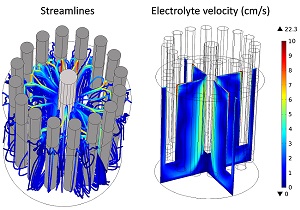
Modeling Current Distributions in a Molten Salt Electro-Refiner
A guest blogger from SIMTEC discusses how he uses simulation to analyze current distributions in a molten salt electrorefiner. Get details here >>
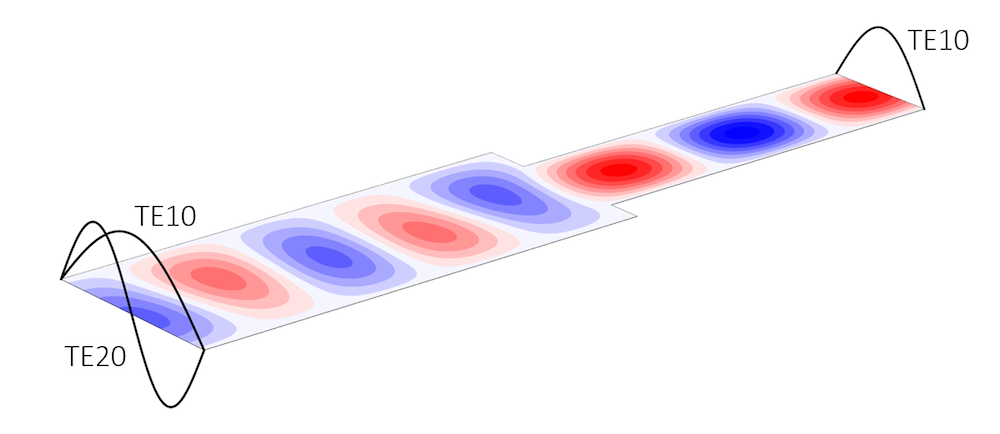
Ports and Lumped Ports for Wave Electromagnetics Problems
The Lumped Port boundary condition can be used to model boundaries through which a propagating electromagnetic wave will pass without reflection. Learn how to use this feature in your EM models.
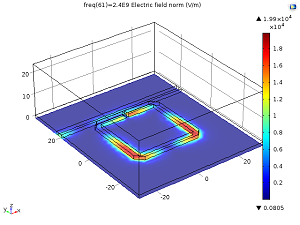
Using Numeric TEM Ports in Your Modeling Processes
In this blog post, get an introduction to the Numeric TEM Ports feature for modeling transmission lines, with an example of a notch filter with a split ring resonator.
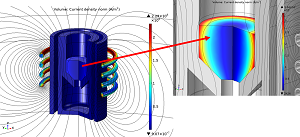
Tips and Tricks for Modeling Induction Furnaces
A guest blogger from SIMTEC gives an introduction to the principles of induction heating and shares insight into the modeling of induction furnaces.
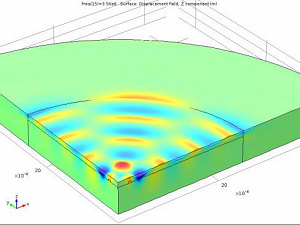
Using Degeneracy Breaking to Design a MEMS Biosensor
Researchers from Newcastle University in the U.K. used simulation to investigate the effects of material and geometric symmetry breaking in a degenerate mode sensor. Get the full story >>

Thermodynamic Equilibrium of Plasmas
Are you interested in modeling plasmas with the COMSOL® software? Get an overview of the different plasma types and when to use each of the interfaces available in the Plasma Module.
Enhancing the Design of Biconical Antennas with Simulation
Biconical antennas are an important component when conducting electromagnetic compatibility (EMC) testing for consumer electronics. RF simulation can be used to enhance their design.
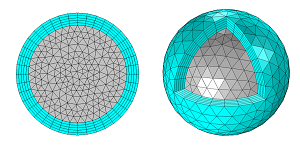
Using Perfectly Matched Layers and Scattering Boundary Conditions for Wave Electromagnetics Problems
Learn how to use scattering boundary conditions and perfectly matched layers to truncate domains for your wave electromagnetics problem — and which technique is best for your modeling scenario.
